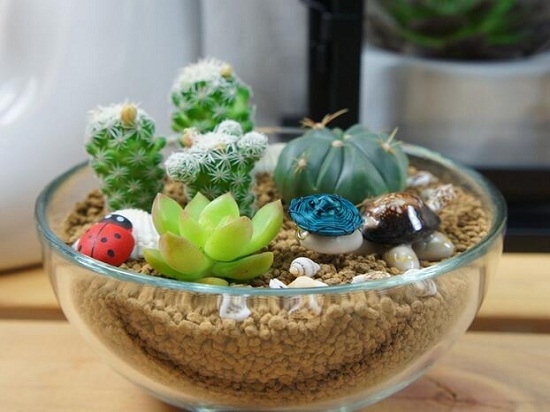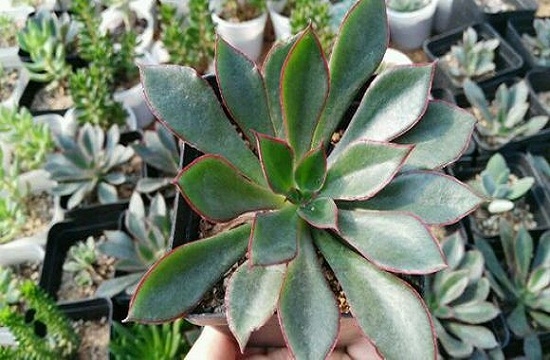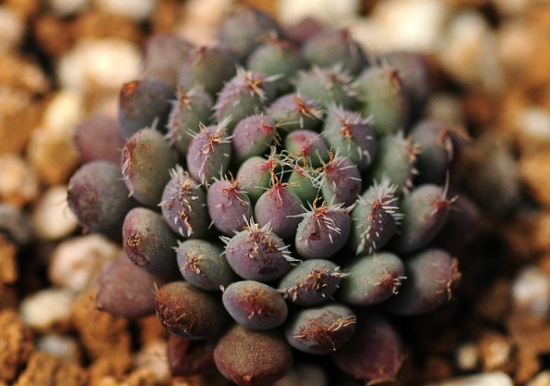Dormancy time and maintenance management of succulent plants during dormancy
It can be said that most succulent plants have dormancy periods, some are dormant in summer and others are dormant in winter. Knowing more about succulent dormancy period is helpful for us to better cultivate our own succulent plants and provide them with a better conservation environment. If the meat is not maintained properly during the dormancy period, it is very likely to cripple or kill the meat.

Points for attention during dormancy of succulent plants
Dormancy is a dangerous time for succulent plants, but it is a bit mysterious for growers. Many plants die during or shortly after dormancy, mostly because they are too dry or not carefully monitored during dormancy. Dormancy is part of their life cycle, and when light and temperature are no longer suitable for them to be active, they need a rest to maintain their health. And your task is to accompany them through this period.
The first sign that a plant goes dormant is to stop growing. Then soon the leaves will turn yellow and fall off, and the rosette will close. Some kinds of succulent plants (such as apricots) will all shrink into the soil and grow a paper-like skin to protect themselves.
In October, this Xiba Queen's jade bar, scientific name: Pachypodium densiflorum (summer type species) showed signs of dormancy, and its leaves began to fall off from the bottom.
This tree, Haworthia cooperi (winter type), goes into dormancy in June, and the rosette closes.
Although it can't be seen on the outside, the plant is not idle when it is dormant. Transpiration continues, and the water supply cannot be stopped. Their roots need a certain amount of humidity, so they can't stay dry completely, otherwise the roots will dry to death. For slow-growing varieties, signs of decline may not appear until the beginning of spring. What you did to them in winter will be retaliated in April and May, though it may be months later.
How to water during dormancy?
- Prev

Minas succulent how to raise, Minas succulent plant pictures
Echeveria Minas, a succulent succulent plant of the genus Paracelothrix of the family Crassulaceae, was first introduced from Korea. Minas is medium-sized and fleshy, with typical lotus-like plants. Impeller, thin flesh, small wrinkles or wavy edges, like lace flowers
- Next

What is the small blue coat, the breeding methods and matters needing attention of the succulent plant
Little Blue, a small succulent plant, many flower lovers' first impression of it is "cute". So how should we raise this cute little blue dress?
Related
- Wuhan Hospital Iron Tree Blooming Result Was Instantly Frightened by the Gardener Master
- Which variety of camellia is the most fragrant and best? Which one do you like best?
- What is the small blue coat, the breeding methods and matters needing attention of the succulent plant
- Dormancy time and maintenance management of succulent plants during dormancy
- Minas succulent how to raise, Minas succulent plant pictures
- What are the varieties of winter succulent plants
- How to raise succulent plants in twelve rolls? let's take a look at some experience of breeding twelve rolls.
- Attention should be paid to water control for succulent plants during dormant period (winter and summer)
- Watering experience of twelve rolls of succulent plants
- Techniques for fertilizing succulent plants. An article will let you know how to fertilize succulent plants.

